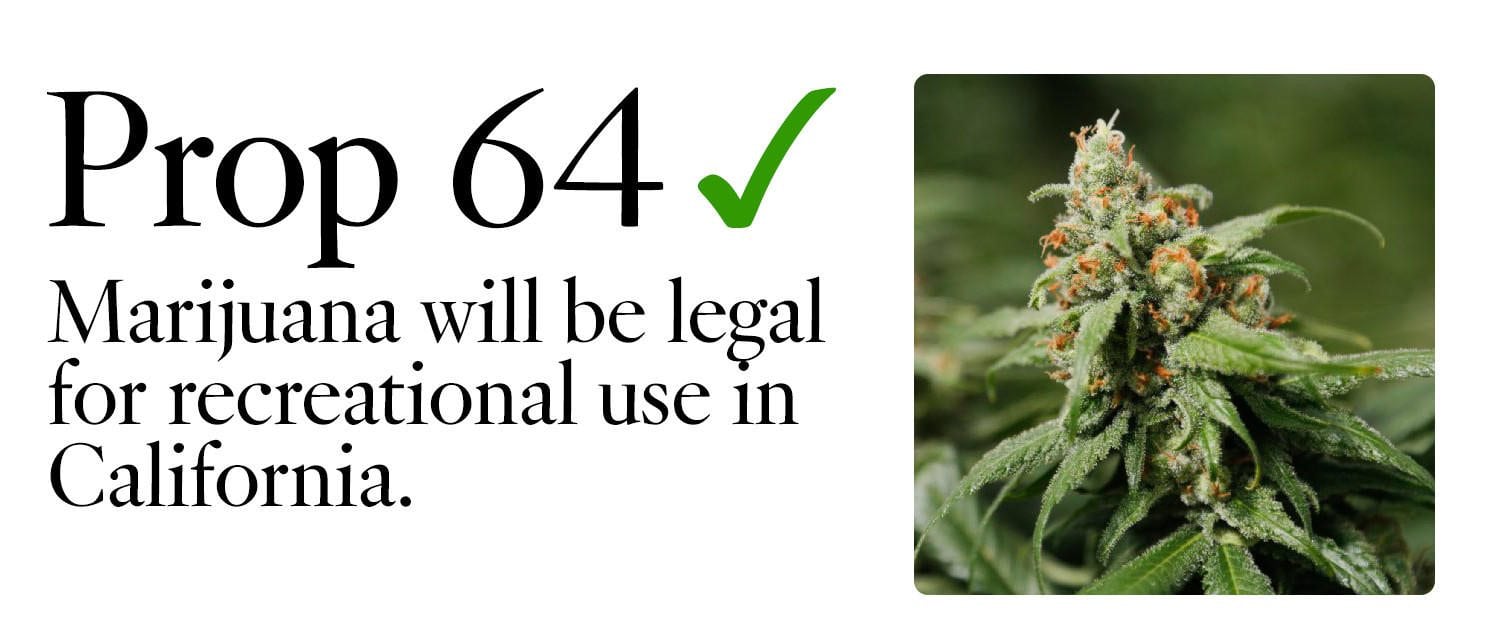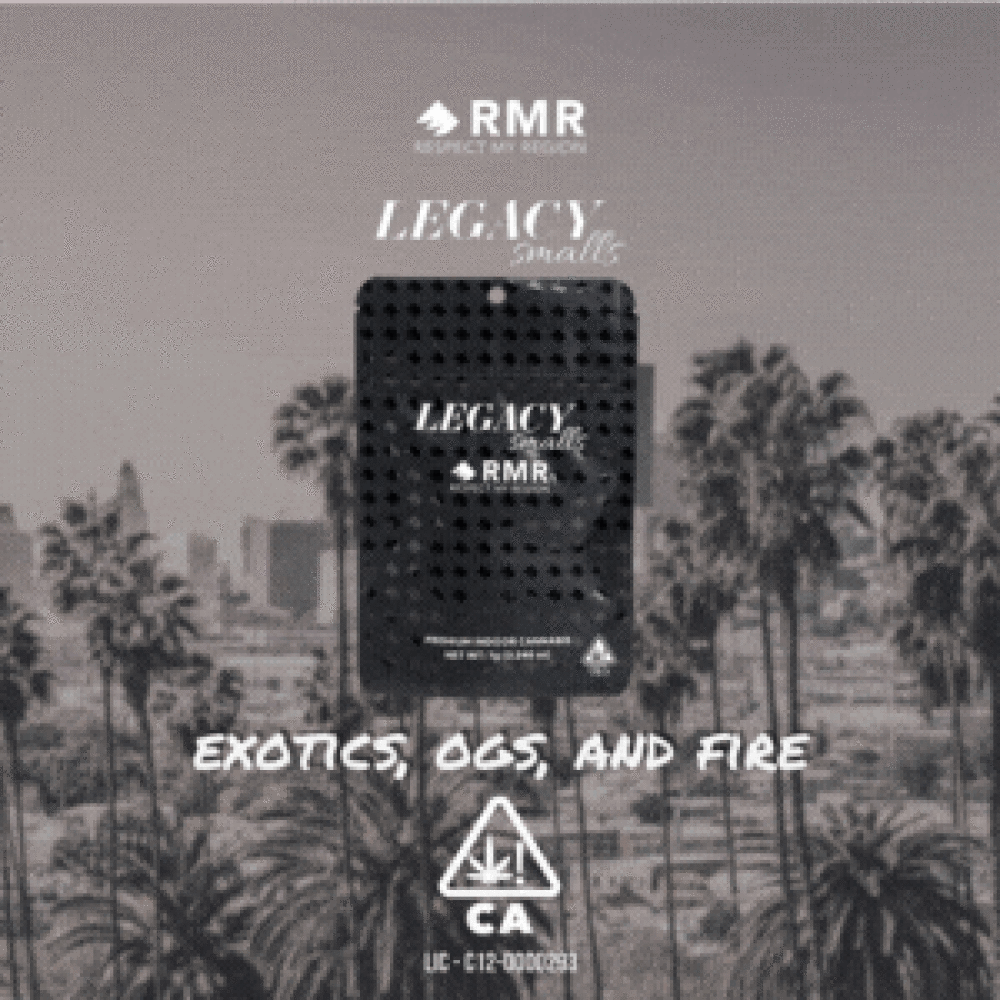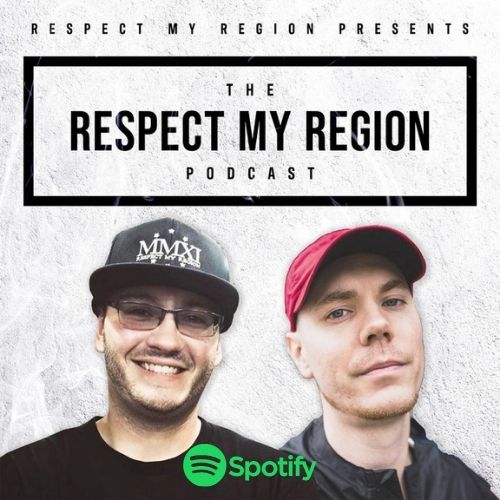California Recreational marijuana sales kick off in 2018. This state is the sixth largest economy in the world and already home to a medical marijuana industry that grosses $2.7 billion, Politico Magazine reports. That number is expected grow to around $15 billion after five years of selling recreational cannabis. What happens in California’s cannabis market could have ramifications for future states looking to experiment with cannabis legalization. Cannabis distribution was and perhaps still is the most polarizing issue California’s recreational market is facing.
In Washington and Colorado, cannabis producers sell directly to retailers. This allows processors/producers to negotiate with retailers on their own terms. When Californian citizens voted in Proposition 64, the Medical Marijuana Regulation and Safety Act (MMRSA,) to regulate their medical marijuana industry, it opened the door for cannabis distribution to be a major market force, The CannaLaw blog reports.
Whereas Washington and Colorado’s recreational markets don’t have structured cannabis distribution, the MMRSA would have forced producers and processors to use a distribution company to sell to retailers. This model is loosely based off the alcohol industry’s current three-tiered distribution method; that was implemented after prohibition to stop alcohol producers from advocating over-consumption through marketing. Under this model, distributors are solely responsible for setting up deals between retailers and producers. It does this by negotiating prices and providing brand selection between the two, The CannaLaw Blog reports.
A cannabis distribution model was adopted because it was the only way law enforcement would get behind legalization in California. Executive Director of California’s Grower Association (CGA,) Hezekiah Allen agreed to this model as a way of compromising the legal sale of a federally illegal substance, the Los Angeles Times reports. Allen believes this system will ultimately be a positive gate keeper of cannabis culture. Critics say this model could let distributors control the flow of product by pushing out small farms that can’t afford expensive distribution services. The Teamsters Union supports a distribution model, as does the Marijuana Policy Project, a Libertarian-leaning advocacy group, Seattle Weekly reports.
Another reason alcohol based distribution was adopted? A former alcohol executive lobbied for just that. Ted Simpkins was a Senior Manager at Southern Wine and Spirits, America’s largest alcohol distributor. After he retired, he set his eyes on California’s soon-to-be blooming recreational industry. He started a cannabis distribution company called River Wellness or River collective (RBR,) Politco Magazine reports. RVR invested over $130,000 into lobbying for alcohol based cannabis distribution. RVR and the CGA use the same Sacramento based lobbying firm.
Critics are worried that collusion between CGA, RVR and the teamsters will push out boutique cannabis farms. Distribution advocates see this as a necessary evil to ensure long time cannabis farmers get a piece the eventual corporatization of the cannabis industry and a way to ensure a strict chain of custody for cannabis products which will decrease black market sales.
Despite whose right, California legislators have changed how cannabis distribution will take place. In August, the MMRSA was repealed in favor of the Medicinal and Adult Use Cannabis Regulation and Safety Act (MAURSA.) This completely changes the cannabis distributors role. These new roles limit distributors to transportation and quality assurance practices only. They become another gate keeper for packaging quality and testing practices. Producers and retailers are still free to deal with each other directly over product pricing, but licensees must go through a distributor to get products form one licensee to another. Cannabis distributors will charge for their services, but look to be out of the market share like their counterparts in the alcohol industry. The collective cannabis industries’ full attention will turned at California when their recreational sales start on January 1, 2018.









